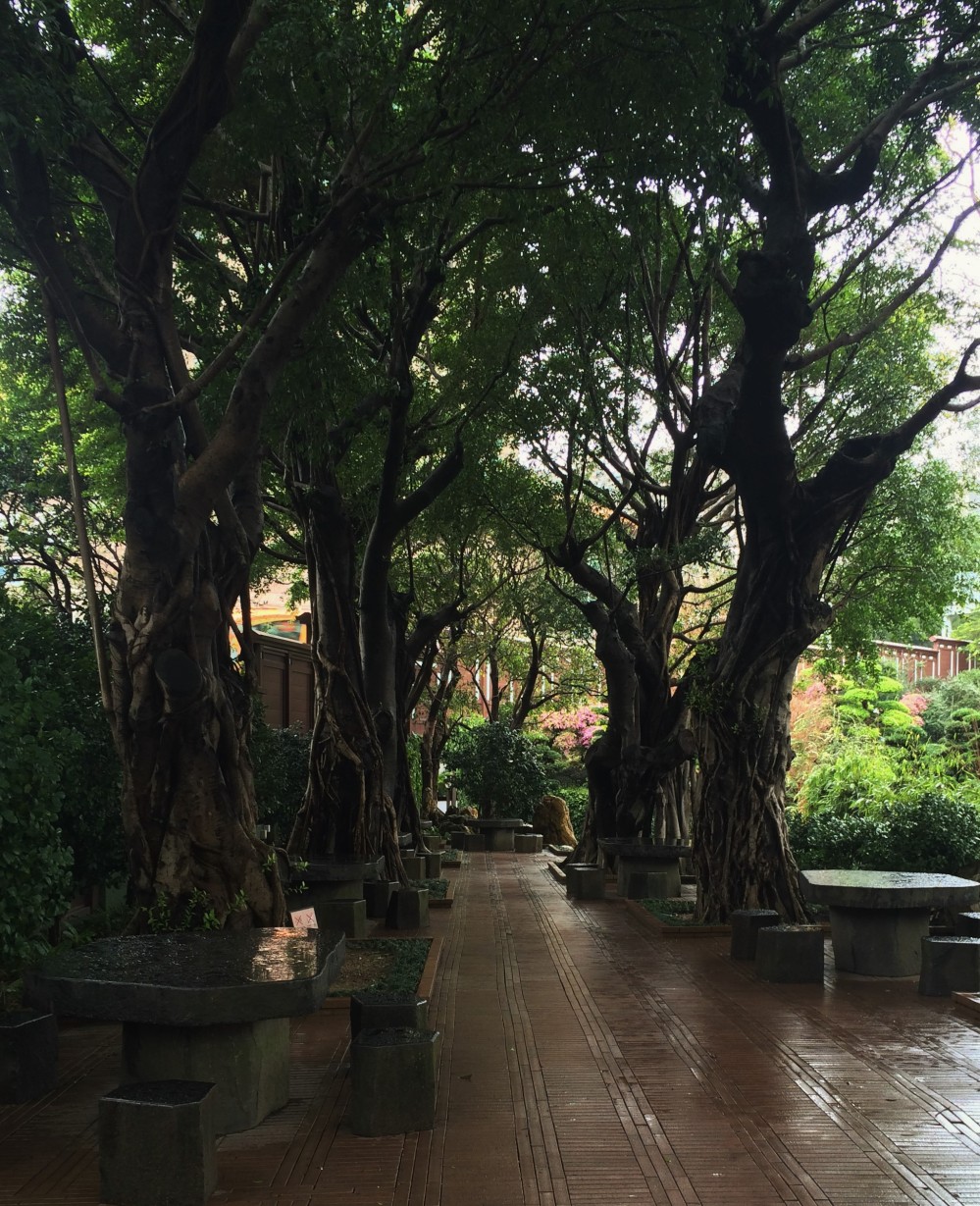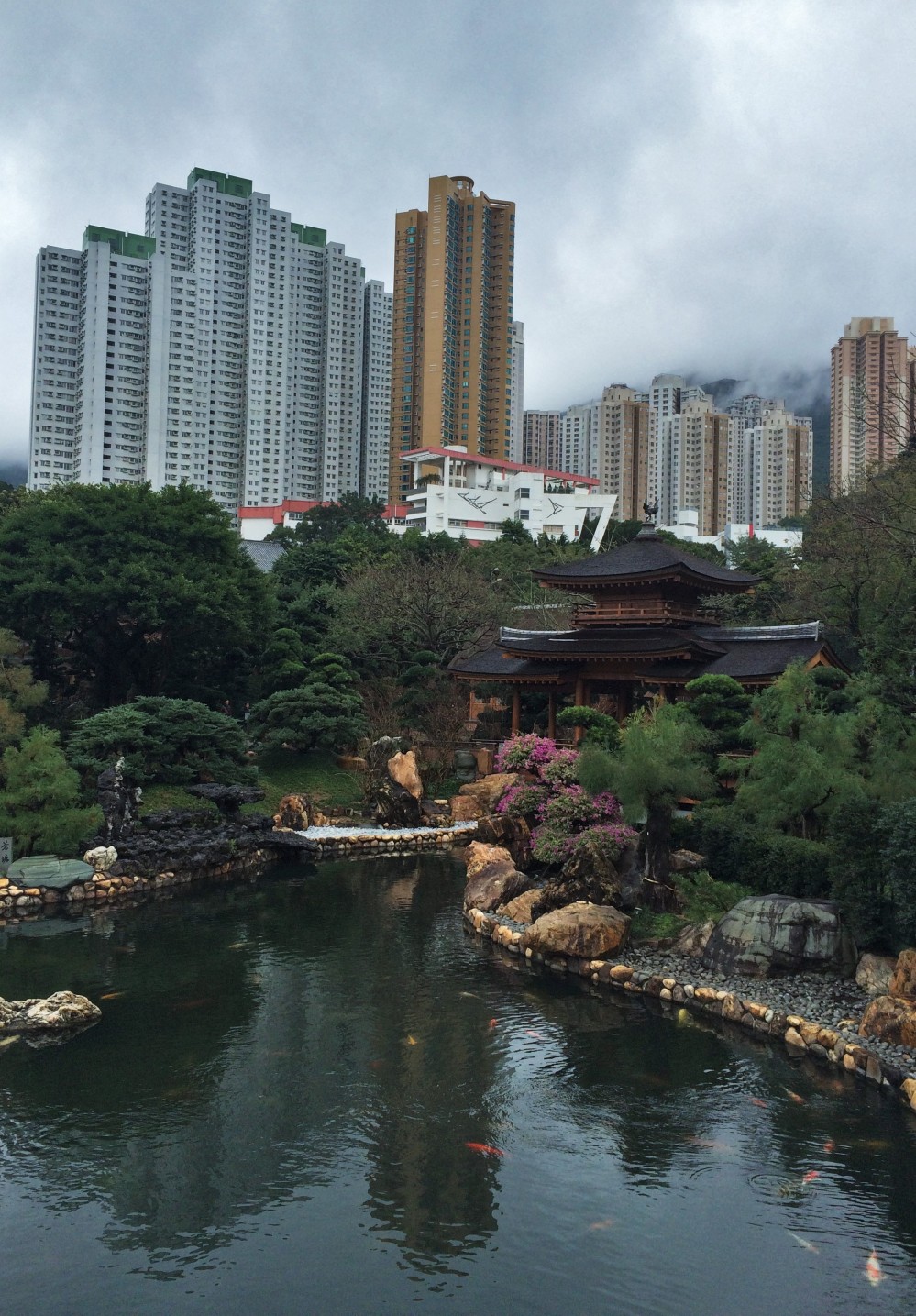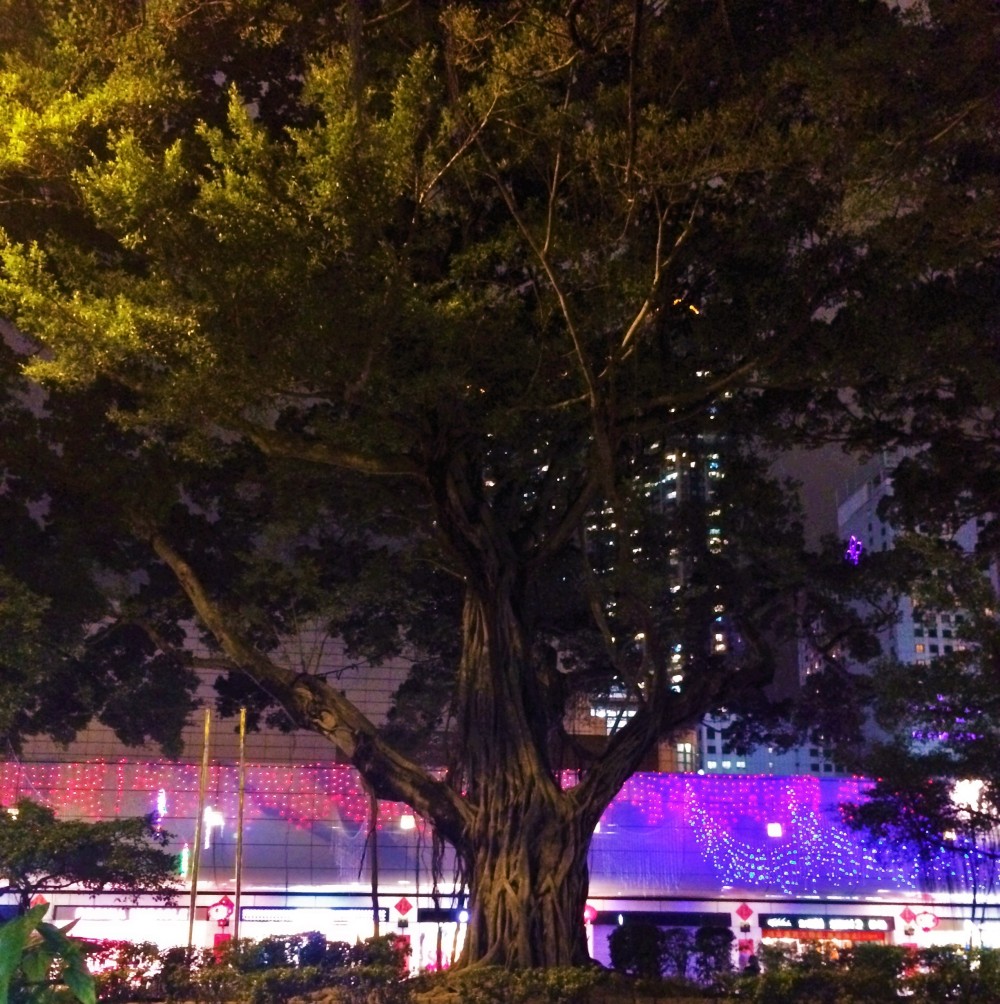
One Country, Two Futures
There is something captivating to me about places which can take cataclysmic cultural shifts and absorb them into the place that’s already there, and I believe that most of the best things in this world were formed from a few great ideas colliding. This is one of the reasons America has been so successful—we integrate new notions as part of our own. The falafel carts on the streets of New York City are as vital to its identity as Broadway, and if you understand this, then you can understand how Hong Kong exists today as a living, breathing integration of all the best of both China and the West.
There are probably many symbols I could use to represent this truth, but I think the best way is in the bark of the city’s ubiquitous banyan trees. I saw these trees everywhere, from the calmest corners of the parks to the busiest tourist streets in the city’s central districts. Banyan trees are epiphytes, or plants that can grow upon another plant for support. Contrary to parasites, they do not necessarily harm the host, but simply latch onto a tree which is already standing and reach spindly roots around its trunk and into the ground. The bark of the new can grow into the trunk of the old so thoroughly that it becomes indistinguishable from the original tree, causing two organisms to seamlessly become one.

The Hong Kong History Museum provides a summary of the intricate cultural integration of the region. The museum has information about everything that’s ever happened in Hong Kong, from the dawn of humankind all the way up until the present. The groups of indigenous people who first settled there met long ago with Chinese mainland culture and absorbed many of their practices. This culture was in turn affected by the British occupation, which encouraged elements of Western culture to flourish under their century-long control of the territory. During the continued development of Hong Kong in more recent years the city globalized even further, integrating a booming abundance of multinational corporations and food and people from every nation. And now, ever since Hong Kong was handed back from the British in 1997 and is starting to come under greater control of the Chinese mainland, yet another layer of culture is settling on top of this complex, beautiful place. Thus far no cultural shift has entirely destroyed the Hong Kong that was there before; it has just been added to and improved upon, layer by layer.
The museum made it clear that the return of Hong Kong to China was the most important event of Hong Kong’s history, which is how I know it was funded by the Chinese government. The somewhat empty phrase “one country, two systems,” is cited as the means to a peaceful future between Hong Kong and the mainland, this idea that while Hong Kong is fully under the control of the central Chinese government now, it is also allowed more freedom and autonomy than is given to citizens on the mainland. Simply put, it is the open admission that the country is united legally, but not necessarily culturally or politically. Hong Kong and China have begun to wrestle a bit with finding out what exactly this policy means for each of them. It’s evidently something which can’t be boiled down to a simple phrase, and yet the problem generally lies in the fact that China cares more about having “one country,” while Hong Kong cares more about having “two systems.”
The very end of the Hong Kong History Museum, for now, is suspiciously blank, having not been updated with details since 1997. One day this will have to change, as “one country, two systems” actually has an expiration date—the year 2047, fifty years after the transfer was made, where China stops making the promise to keep the systems separate. What will happen at this time is unclear, but will likely come into focus in the next few decades.

What will be the outcome of this policy? We can look to how banyan trees behave in nature for two possible conclusions. The first is the optimistic integration theory, the idea that in fact two non-homogeneous things can learn to coexist peacefully, even becoming one in the process. Hong Kong has already done this time and again, constantly integrating new facets of culture into its history, and may do it again yet. Hong Kong and China should, theoretically, be able to peacefully become more united without losing Hong Kong in the process.
However, banyan trees aren’t always peaceful parasites, and a second future is possible too. Sometimes the banyan starts off by growing peacefully, but then begins to exert too much pressure on the bark of the original tree. This can be so strong that it causes the tree inside to cave in as its life is choked out. The original tree then rots away to nothing. The banyan alone is left standing, completely hollow inside.
